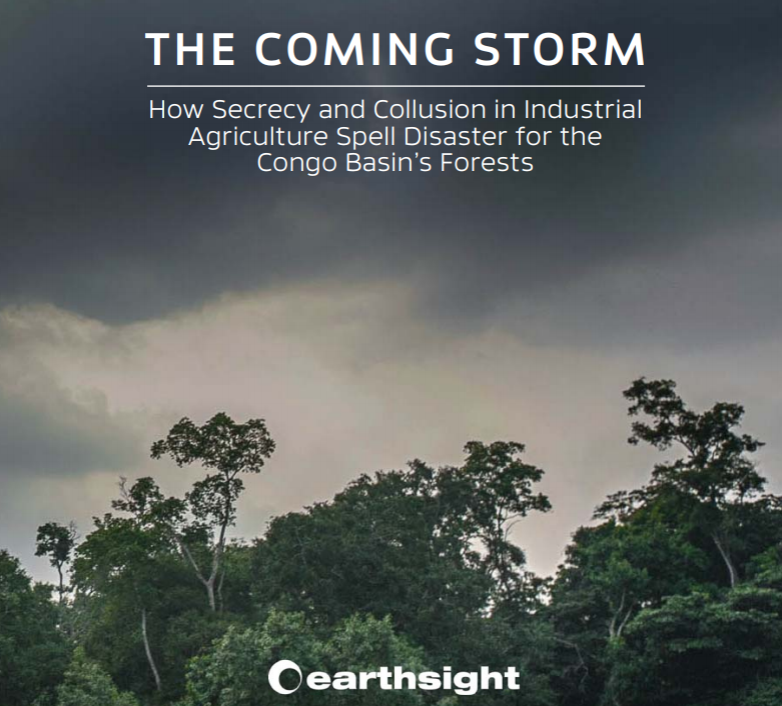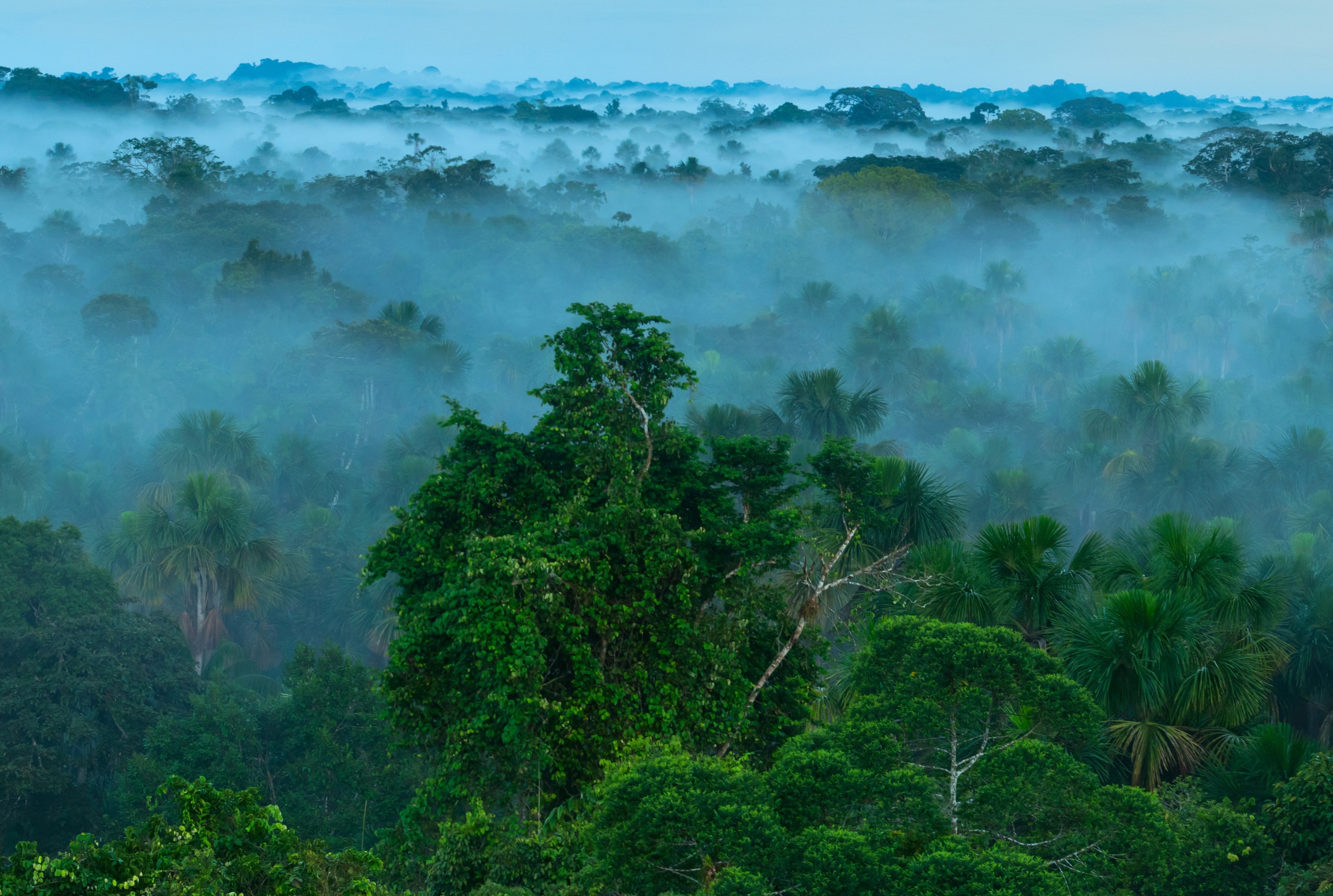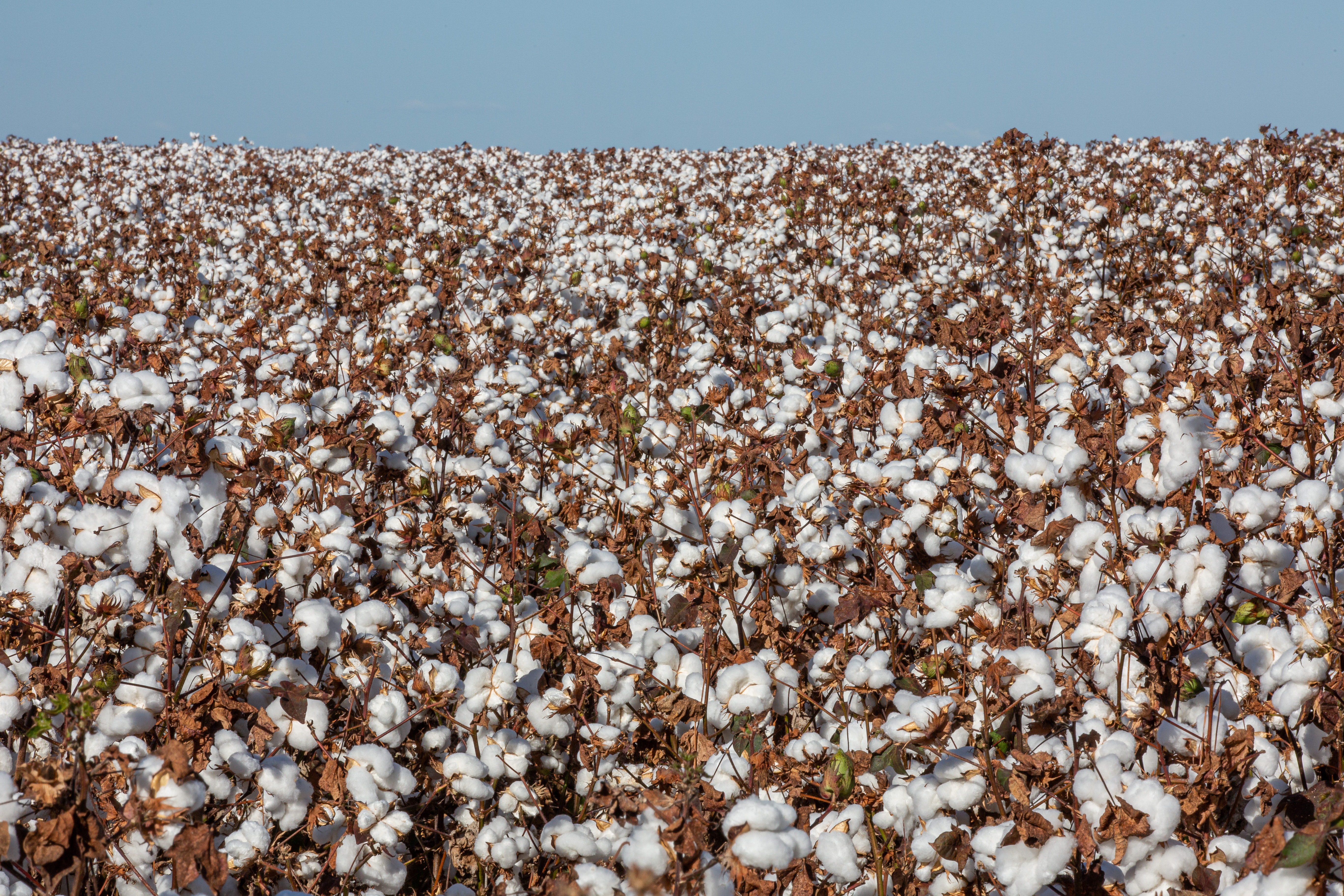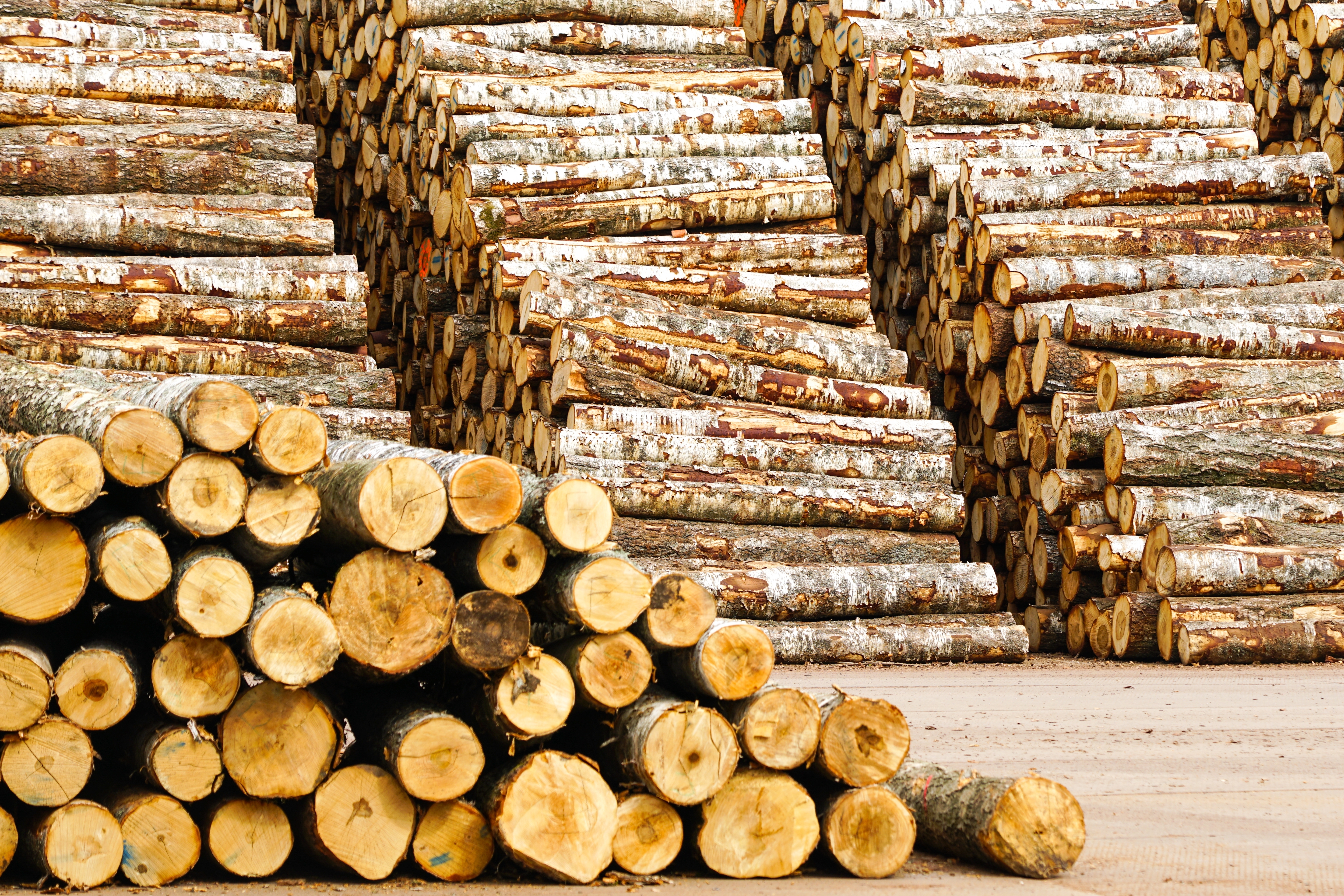In March 2018 Earthsight released The Coming Storm, a report exposing the secrecy and collusion in industrial agriculture which are threatening the Congo Basin’s forests. This extract details a company in Cameroon which at the end of 2017 was clearing forest faster than any other in the region

The Coming Storm report was released in March 2018.
In 2011, a company called SGSOC began clearing dense forest
for a giant new oil palm plantation in Cameroon, right on the edge of a protected
area home to rare wildlife. The company began its operations illegally, without
required permits.
Local communities and conservationists, supported by
international groups, fought long and hard to halt the plantation. They
succeeded in forcing the government to cancel two-thirds of the license and
brought the development to a halt by persuading financial backers to pull out. But
now history appears to be repeating itself, in a different part of Cameroon.
In late 2017, our analysis shows that some of the most rapid deforestation anywhere in the region is being carried out by Greenfil SA, a company owned by one of Cameroon’s richest men, billionaire Nana Bouba. The development is intended to provide raw materials for Bouba’s existing soap manufacturing firm, called Azur, whose products are used across Africa.
Around
six football pitches-worth of dense forest are currently being bulldozed by
Greenfil each day. At present, the project is by far the biggest source of
oil-palm driven deforestation anywhere in the region. This project, like SGSOC
and so many others in the region, is also shrouded in both secrecy and scandal.
There are no publicly available maps of the planned plantation. Some reports say it could cover as much as 123,000 hectares, though other sources suggest a more modest 30,000 hectares.
The clearing is taking place close to the border of the Ebo Wildlife Reserve, home to an array of precious wildlife including an estimated 700 chimpanzees. One academic study found evidence that the company had started its operations illegally, before it had received the required permits.
An Azur executive and local
officials told researchers in 2016 that the Ministry of Agriculture had given
‘informal’ permission for the company to begin clearing forest, though
consultations, surveying activities and negotiations with the government
remained underway, and the required Presidential Decree had yet to be signed.
Local conservationists allege that the minimal buffers the company is proposing to retain along the Reserve’s borders breach the terms of its plantation agreement. They also claim that the Environmental Impact Assessment was conducted by a company closely connected to Azur, and cannot be trusted to be impartial.
Earthsight’s analysis of the latest satellite images shows that the clearing has already reached to within five kilometres of the Reserve.
Though local opposition to the project is building, it is hampered
by a lack of transparency. None of the contracts, maps or plans relating to the
development are publicly available, making it impossible for third parties to
monitor whether it is abiding by legal requirements.
For full references and source information, see the full report



